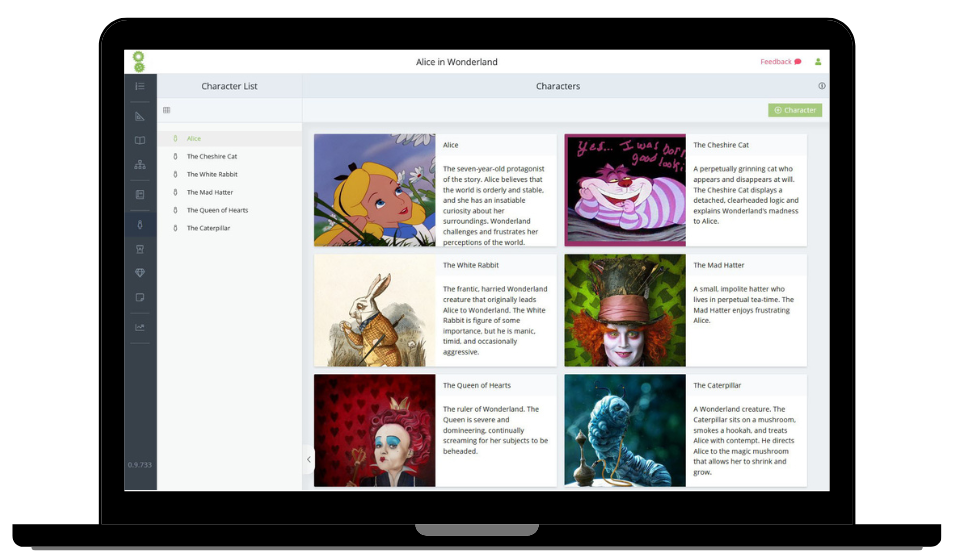
How to Write Your Novel Using the Three Act Structure
There are many different plot structures and ways of ordering your story—many of which overlap and mirror each other.
In this article, we’ll take a look at the most ancient plot structure of all: The Three Act Structure.
We’ll find out a little background and then break down the ‘three acts’, looking at what they describe and how long they should be.
Then we’ll dig a little deeper and see how elements of other plot structures integrate with the Three Act Structure, and offer a checklist for what you should include in each of the three acts.
What is the Three Act Structure?
The Three Act Structure has an extremely distinguished history, being first written of in the earliest surviving work of dramatic theory – Poetics, by Aristotle, in the 4th century BC.
Aristotle wrote of the ‘beginning, middle and end’, and since then, novelists, screenwriters and dramatists have used and developed this most basic of structures into something far more detailed.
Here is the three act structure at its simplest:

Act I – Setup
The story world and main characters are introduced, and then the main conflict of the story is launched.
Act II – Confrontation
The main character must face a series of increasingly difficult challenges, with rising stakes and tension.
Act III – Resolution
The story is resolved — with the main character either achieving their goal – or not.
A very important point to remember is that the three sections are not equal in length. The setup and the resolution generally take up about 25% of the story telling time each, with the confrontation being twice as big as each of them at 50% of the story.
Below we’ll take a closer look at each of the stages and what usually found in them, and use examples from Coco to illustrate these parts.
Use the Three Act Structure to Write Your Novel
Many different plot structure theories have a lot of overlap — because they emerge from our shared human psyche, so it’s natural they would have common elements.
So the bullet points below sometimes use terminology which is used in other plot structures, and you may want to become familiar with some of them as well, if you’re not already. The more you learn about plot structures the more you’ll see the same elements cropping up again and again.
What to Include in Act I of the Three Act Structure
- Main Character
- Story World
- Inciting Incident / Call to Action / Plot Point One
Main Character
It’s vital to introduce your main character as soon as possible. To keep readers engaged, you should try to make sure they feel empathy for your character, and make them someone people are going to want to spend a lot of time with.
You can find out more about techniques for creating empathy with characters here
Because it’s not very exciting to read about people who are completely content and happy, the next thing to do is establish the character’s want and need.
In a nutshell, their ‘want’ is a straightforward thing they desire which they think will make them happy, but probably won’t — such as a new job, a trophy or a pretty dress.
Their ‘need’ is the thing that really will make them happy, such as a sense of compassion or belonging. You can read more about wants and needs here.
This introduces conflict and immediately gives us a hook — is the character going to achieve what they want and need?
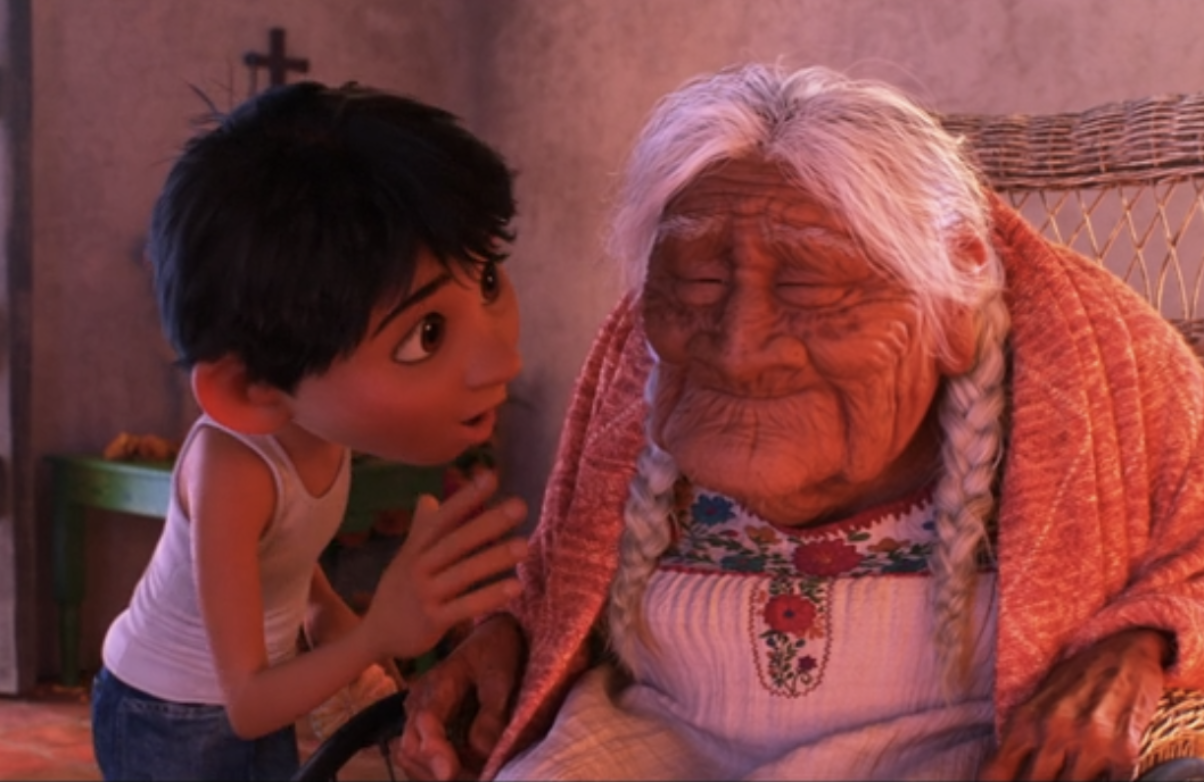
Example – Coco
Miguel is the main character in Pixar’s Coco, and we meet him immediately as he tells the story of his family history. We quickly learn that he loves music, but his family forbid him playing it, which builds our empathy as well as introducing conflict.
He’s shown to be a kind child, who helps his family and works hard — but he’s not too good. He’s also prone to sneaking off when people are trying to talk to him and playing music despite it being forbidden.
What Miguel wants is to play music and be famous like his idol, Ernesto de la Cruz. What he needs is to have his family accept and support his love of music.
Story World
The sooner you can ground your readers in the world, the sooner they can become fully immersed.
The most basic elements of the setting will be the location and time period, but it may also include the culture, political situation, weather and anything else that’s relevant to the story.
Secondary characters and their relationship with the main character are also part of the setting.

Example – Coco
The story world is quickly established in Coco. We can see it is modern day Mexico, where people honour their ancestors by placing their photos on the altar on the Day of the Dead. Miguel’s Great Grandmother Coco is introduced, as are other relevant members of the family, via their photos on the altar.
Inciting Incident / Call to Action / Plot Point One
The first act should include the force which sets the story in motion. This is the thing that makes this day unlike all the other days, the thing that knocks the main character’s world off balance.
It’s often described as an invitation or a threat, and could take the form of a letter, a knock at the door or perhaps a white rabbit.
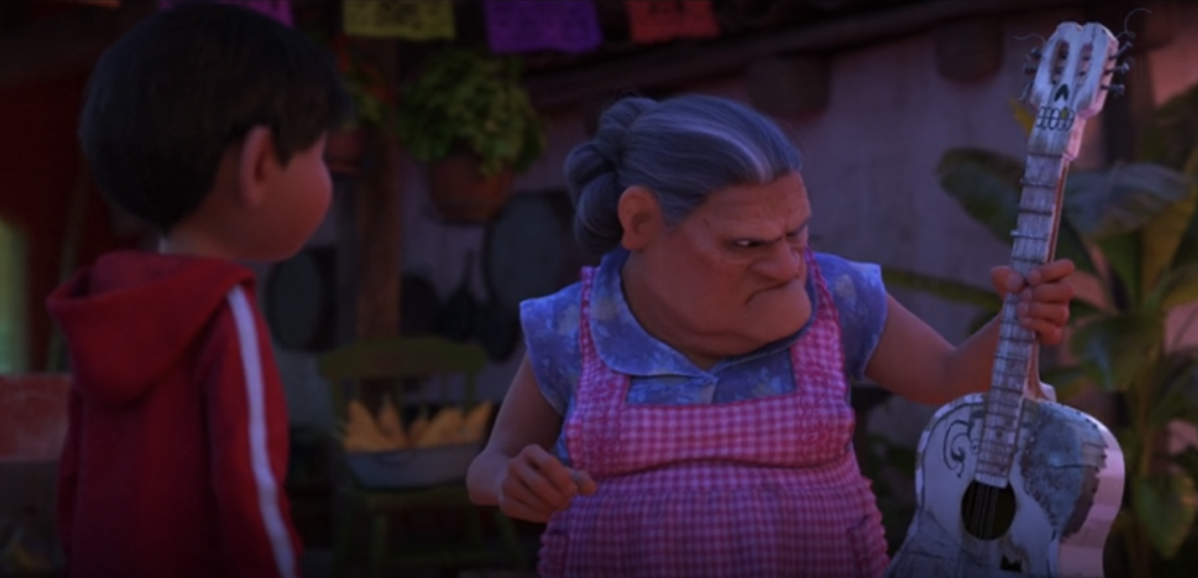
Example – Coco
There are several things that happen to make this day unlike any other: Miguel finds out about the talent contest and he discovers a hidden part of a photo that implies his unknown Great Great Grandfather is actually his idol Ernesto.
But arguably the real inciting incident is when his grandmother smashes his guitar into pieces, breaking his heart and showing him his family will never support his dreams. This causes him to run away from home.
What to Include in Act II of the Three Act Structure
Act II is the longest act of the three and comprises 50% of the story.
In essence, all you need to ensure you include is a series of increasingly challenging obstacles, with rising stakes and tension.
But if you’d like something a little more structured, these are the elements that are commonly found in popular and successful books and movies:
- Crossing the Threshold
- Fun and Games / Tests, allies, enemies / Rising Action
- Midpoint
- Rock Bottom / Dark Night of the Soul / Plot Point Two
Crossing the Threshold
The Journey into the second act is often accompanied by the main character making a real journey across time, land or space. This journey does not come with a return ticket.
If it is not an actual physical journey, then there should at least by some sense of burning bridges, of the main character putting themselves in a situation from which they cannot easily go back to the life they were living when the story started.

Example – Coco
As well as becoming invisible to the living when he gets cursed, Coco crosses a symbolic bridge of marigold petals over to the Land of the Dead.
Fun and Games / Tests, Allies, Enemies / Rising Action
In this section the main character usually faces a series of obstacles, some of which they win, some of which they lose.
They will also make friends and allies, as well as enemies.
As they face each challenge, they will become more skilled and knowledgeable about the story world and what it is they are facing, and they should evolve as an emotional being – often either becoming more compassionate or more courageous.
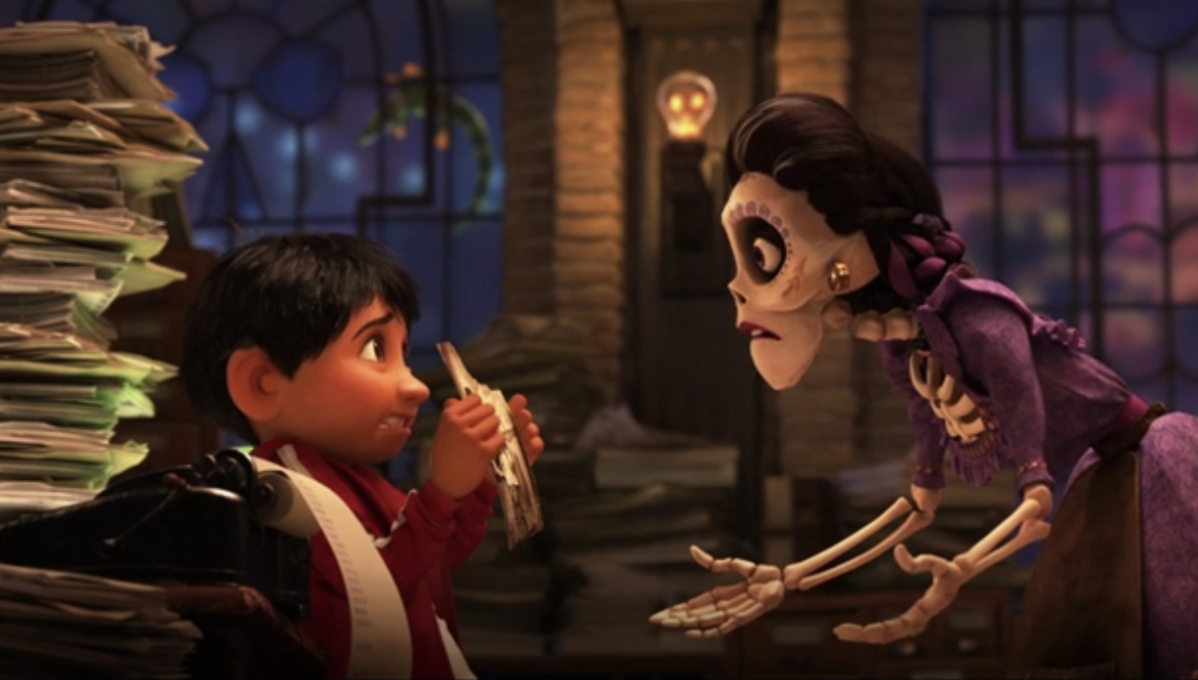
Example – Coco
Miguel faces opposition from his family, in particular Mama Imelda. He has no idea how to reach Ernesto. When he discovers he can reach him if he wins a talent competition, the problem is he has no guitar. He befriends Hector and learns more about the Land of the Dead.
Midpoint
I’ve heard the midpoint very nicely described as the central tent pole, to hold up the story’s middle to prevent it from sagging..
The midpoint should be an extremely dramatic or emotional incident, where the character is forced to face their greatest challenge yet – and also to look inside themselves and face their biggest internal conflict.
It’s likely this conflict will leave them reeling, questioning everything they know, and certainly questioning whether they have it in them to complete the journey they have embarked upon.
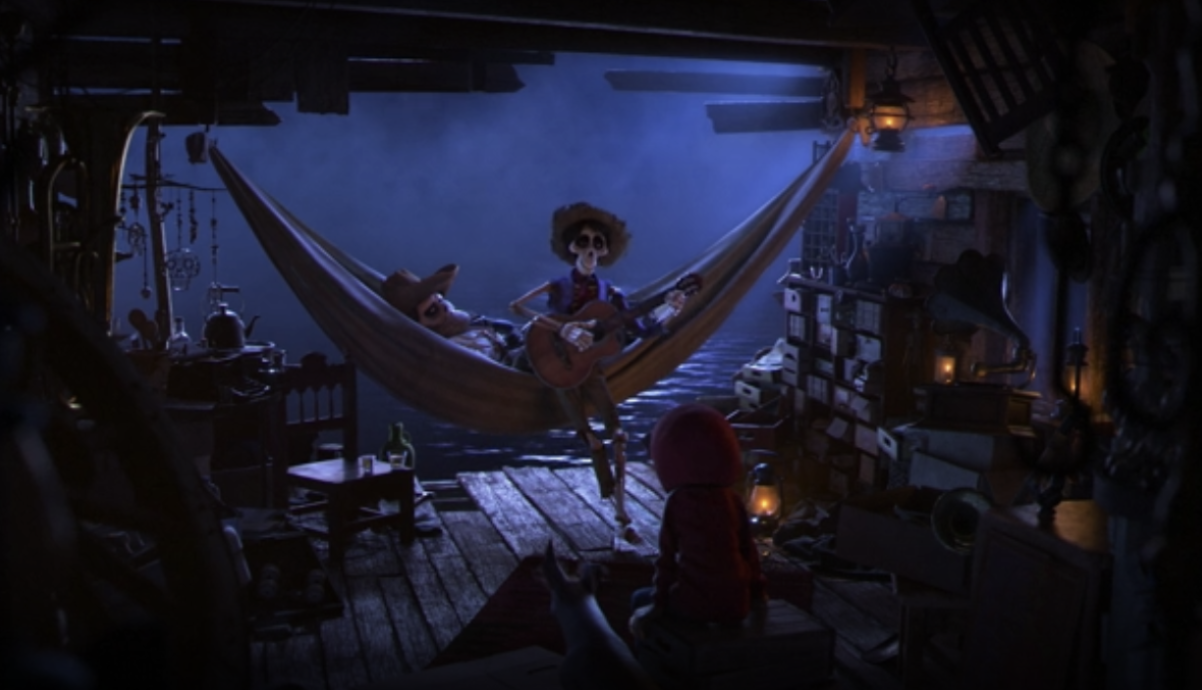
Example – Coco
The midpoint of Coco is when Miguel and Hector visit Hector’s friend Chicharron to borrow his guitar. They watch Chicharron fade away into the Final Death which shows Miguel the gravity of the situation, and what life is like when your family forget you.
Rock Bottom / Dark Night of the Soul / Plot Point Two
Following the midpoint, the main character hits an emotional low.
There have often been conflicts with allies, so the hero is left alone and bereft. It feels like all is lost and there’s no way to triumph.
But they must pick themselves up for one final push, and face the final conflict…
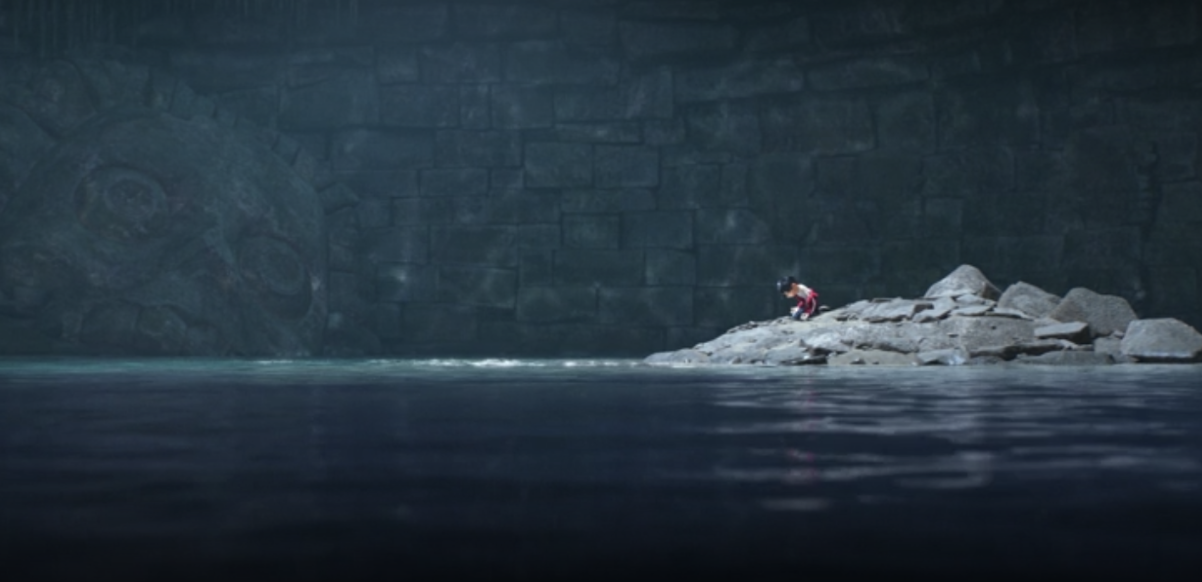
Example – Coco
Coco learns that Ernesto, his idol and (supposed) Great Great Grandfather is actually a cold blooded murderer. Ernesto refuses to help Miguel and throws him into a sinkhole to perish. It seems he’ll never get home in time and will be cursed to stay in the Land of the Dead forever.
What to Include in Act III of the Three Act Structure
The third act includes the dramatic climax and the ending. It should be the most exciting part yet, with the highest stakes, tension and risk. Following the final conflict, all loose ends should be tied up and the new world described to gently ease the reader back down to earth.
- Climax / Resurrection
- Denouement / Return Home / Falling Action
Climax / Resurrection
This is where the hero faces their nemesis in a dramatic battle. The hero must use every last bit of skill, wit and courage they have and pull out all the stops if they are to defeat their powerful enemy and set the world to right.
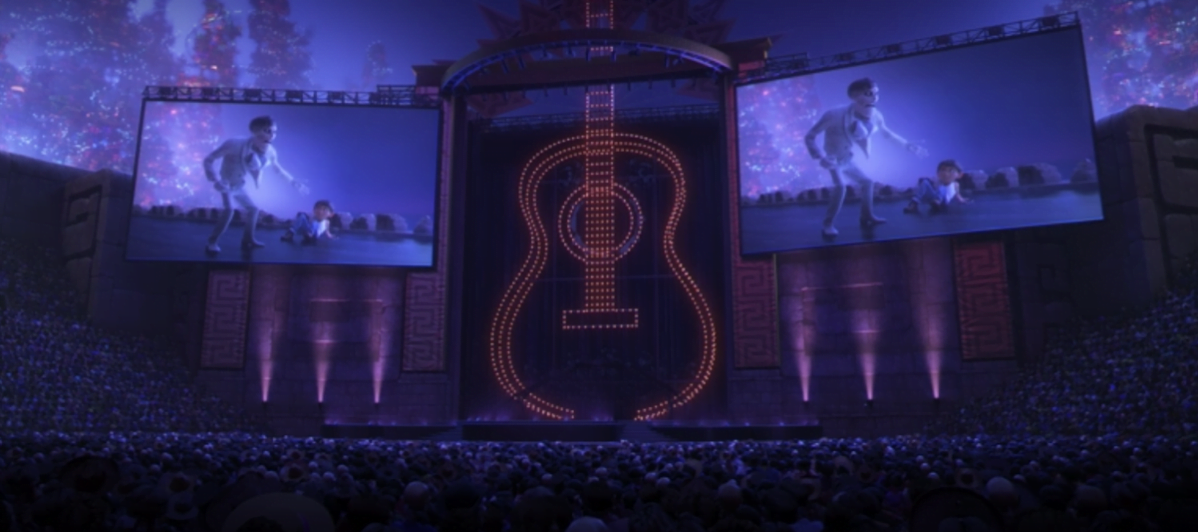
Example – Coco
In the action climax, Ernesto battles against Miguel and his family, and Ernesto tries to commit murder again in order to save his reputation. The family secretly show Ernesto’s live audience his true colours.
Denouement / Return Home / Falling Action
In the final part of the story, loose ends are tied up and the new world order is described.
In the majority of modern stories, this means the main character has prevailed, evil has been defeated and all is well in the world
The main character will have completed an emotional journey and come out a better person. They will have achieved their need, and in many cases they will also achieve their want — though it’s importance will be diminished since they have grown as a person.
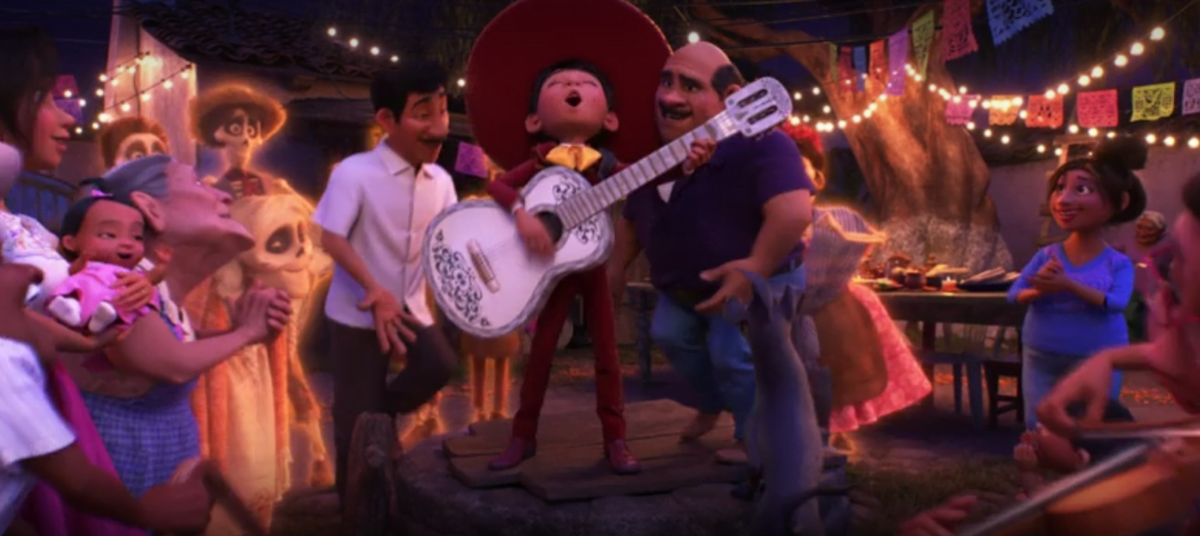
Example – Coco
Miguel returns home and sings to Coco, bringing her back to herself, to the joy of the family, and securing Hector’s memory. In the final scene, Miguel is joyously performing music, surrounded by both his living and dead family, supported by all.
Find a Story Structure That Works For You
By using the Three Act Structure you are giving your story the best chance, as you are standing on the shoulders of giants.
But as with any aspect of writing — remember they are tools, not rules. Mastering and utilizing the structure will bring benefits — but you must always be the master not the slave.
If parts of the structures suggested above work for you then great! But if other parts don’t work for you, then follow your heart and write the story that wants to be told. Don’t try to prise it into a mould it doesn’t fit.
You can see more practical, instantly useable plot templates here, and or see other examples of popular book and movies plots broken down here.
Unlock your writing potential
If you liked this article by the Novel Factory, then why not try the Novel Factory app for writers?
It includes:
- Plot Templates
- Character Questionnaires
- Writing Guides
- Drag & Drop Plotting Tools
- World Building resources
- Much, much more
